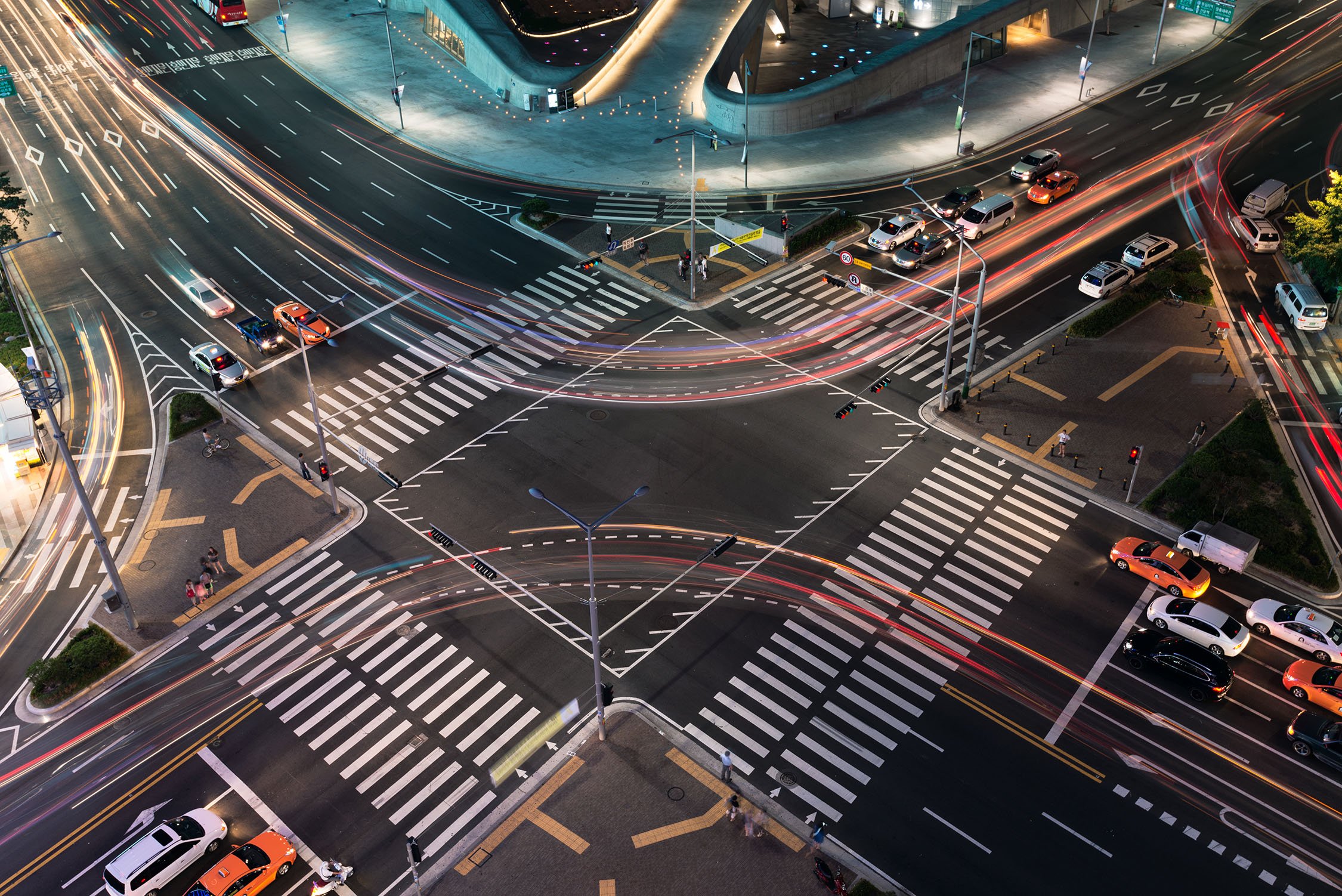The city of Turin is at the forefront of autonomous vehicle testing. On 26 October 2018, first in Italy, an autonomous vehicle drove in the city center wholly driverless using 5G technologies. Italian roads are now open to smart mobility. To this end, earlier this year, the Italian Ministry of Infrastructures and Transport pioneered the road of Intelligent Transport Systems by adopting a decree that paves the way for the digital transformation of Italian infrastructures. The realization of smart roads and the testing of autonomous cars has just begun.
On 26 October 2018, as part of an initiative for the promotion of 5G technologies, the first autonomous vehicle (AV) drove in Turin without human driver intervention. The vehicle, a driverless car running in the iconic Piazza Castello, sent and received real-time data input from a remote hub placed inside the 18th century Palazzo Madama, where users could interact to remotely perform maneuvers exploiting 5G connectivity capabilities. The city of Turin is leading the smart road transformation started earlier this year, thanks to the boost provided by the forward looking Italian policy on innovation.
Indeed, on 18 April 2018, the Italian Ministry of Infrastructures and Transport (Ministry) published a decree dated 28 February 2018 (Decree) under which the Ministry may authorize the testing of AV on public roads. In order to successfully address the process of digital transformation, the Decree sets out common standards for the definition and realization of roads that feature technological ecosystems best suited to ensure the interoperability between road infrastructures and new generation vehicles. The affected road infrastructures cover more than 15,000 km of Italian motorways and road networks (roughly half of the total amount of public roads). Such infrastructure will have to be adapted to this new mobility by 2030, in compliance with the timeline set forth by GEAR 2030, a high level group for the automotive industry launched by the EU Commission.
The Decree defines the features that AV systems must comply with in order to be allowed to be tested on public roads e.g., autonomous-to-manual drive transition standards, data recording and security obligations. More specifically, the vehicle must be capable of recording detailed technical data at least at 10 hertz frequency. The data includes:
-
time
-
distance travelled
-
geo-positioning
-
acceleration
-
engine rounds per minute
-
autonomous vs manual driving
-
data acquired by the built-in sensors
-
possible V2V and V2I messages sent and received
The Decree also details the procedure to follow in order to obtain the Ministry’s AV testing authorization. For instance:
-
car manufacturers, universities and public or private research entities are allowed to submit the application to the Ministry
-
the authorization can be granted only for vehicles that are already type-approved for the model which does not have autonomous driving technologies
-
permission by the road owner is necessary
-
damages insurance coverage needs to be in place for minimum indemnities that are at least 4 times as much as the equivalent indemnities provided for the same category of vehicles without autonomous driving capabilities
-
the authorization lasts for 1 year and it is renewable
-
the authorization holder needs to record the said data, making it available upon request by the Ministry any time during the testing and for 12 months thereafter
-
the authorization holder has also reporting obligations on a yearly basis
There is a specific list where AVs need to be registered by the Ministry.
Interestingly , during testing the vehicle must be driven by a “supervisor” who must sit in the car and needs to meet certain requirements such as:
-
having had a driving license for more than 5 years
-
having passed a safe driving course
-
having tested vehicles in a safe environment – even abroad – for at least 1000 km
-
being able to promptly switch between autonomous and manual driving, by operating the vehicles commands with “absolute priority” over the automated systems
The supervisor is responsible for the vehicle journey whether it is automatically or manually driven.
Last but not least, the Decree sets up a Smart Roads Technical Monitoring Center (“Osservatorio tecnico di supporto per le Smart Road”) which is in charge of drafting opinions, promoting feasibility studies, methodological and operative tools and keeping track of the smart roads implementation progress.
More details are available on the Ministry website here.
Contributor: Giovanni Rindi



